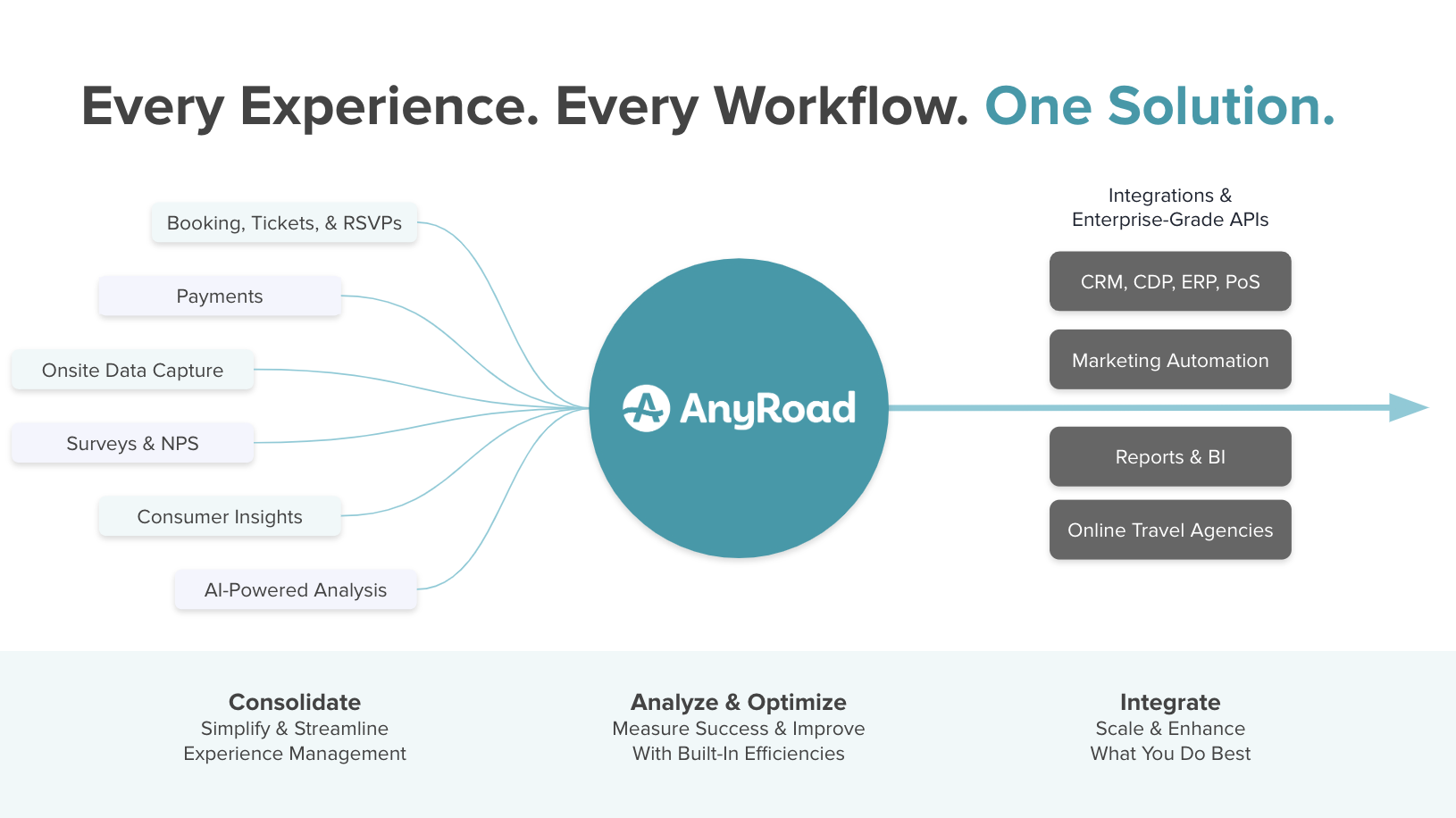What is Consumer Engagement?
Consumer engagement is when a customer actively participates with a brand or company through various channels, such as social media or email marketing. This interaction can take many forms, such as leaving reviews, sharing content, or responding to surveys. Consumer engagement allows businesses to build a relationship with their customers, which can lead to increased loyalty and sales.
Consumer Engagement Examples
Leaving Reviews
A huge part of consumer engagement is when consumers leave reviews on a product, service, or experience. Review sites like Google, Yelp, and Tripadvisor are great examples of public forums that showcase brand ambassadors, as well as consumers with critical feedback for improvement.
Sharing Content
Sharing content on social media is a great example of consumer engagement. When a consumer interacts with a brand on their social media, it shows their interest and excitement around what the business is posting. Often, this helps spread their brand message organically through natural word-of-mouth.
Creating User Content
Rather than just sharing brand made content, an even more powerful form of consumer engagement is when users create their own social media content about a product, service, or experience. This is word-of-mouth marketing at its finest, showcasing the creativity of your brand ambassadors and proving their advocacy.
Survey Responses
Survey responses can provide valuable insights into the customer experience, including their likes, dislikes, and suggestions for improvement. Analyzing survey responses can help companies identify areas for growth and adapt their strategies to meet the needs of their customers.
Consumer Engagement Benefits
Increased Customer Loyalty
When customers feel engaged with a brand, they tend to trust it more and feel a greater sense of connection with it. Engaged consumers are more likely to promote a brand and share positive experiences with others, which in turn can lead to increased sales and brand recognition. By creating opportunities for consumer engagement, such as through social media, email marketing campaigns, or in-store activations, brands can foster a sense of community and deepen their relationship with customers.
Improved Revenue and Sales
Consumer engagement is a fundamental strategy that businesses can use to increase their revenue and sales. Engagement involves establishing a relationship with potential and existing customers, which can help create trust, loyalty and a sense of community. Consumers are more likely to purchase from businesses they feel connected to and are loyal to.
Better Brand Awareness
Consumer engagement creates a strong connection between the brand and the target audience for better brand awareness. When consumers engage with a brand through social media, events, or other channels, they develop an emotional attachment and a deeper understanding of what the brand represents. This, in turn, leads to increased brand awareness, as consumers are more likely to tell others about their positive experiences and become loyal advocates for the brand.
Consumer Engagement Frequently Asked Questions
What is Consumer Engagement?
Consumer engagement is when a customer actively participates with a brand or company through various channels, such as social media or email marketing.
Why is Consumer Engagement important?
By actively involving customers in the development and improvement of products and services, businesses are able to establish a deeper understanding of their needs and preferences. This creates more meaningful and long-lasting relationships with customers, which can lead to increased sales and revenue.
What’s the purpose of Consumer Engagement?
Consumer Engagement creates more meaningful and long-lasting relationships with customers, which can lead to increased sales and revenue.



%204.50.48%E2%80%AFp.m..png)
%2012.57.51%E2%80%AFa.m..png)